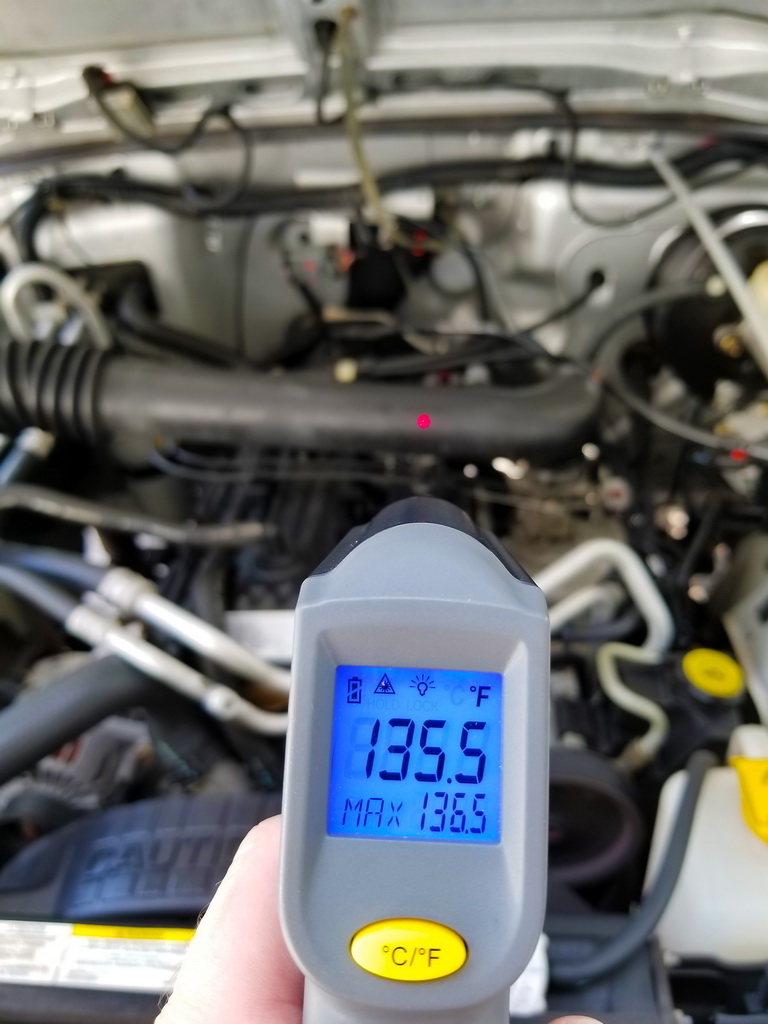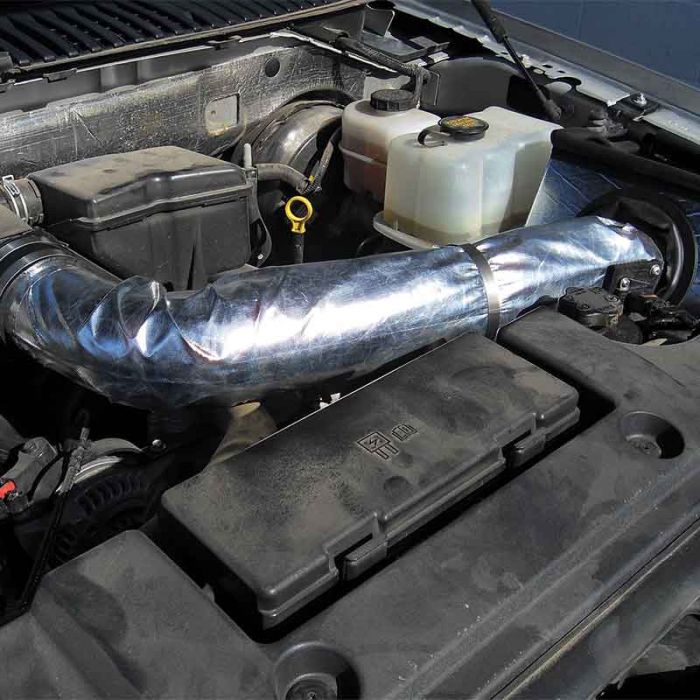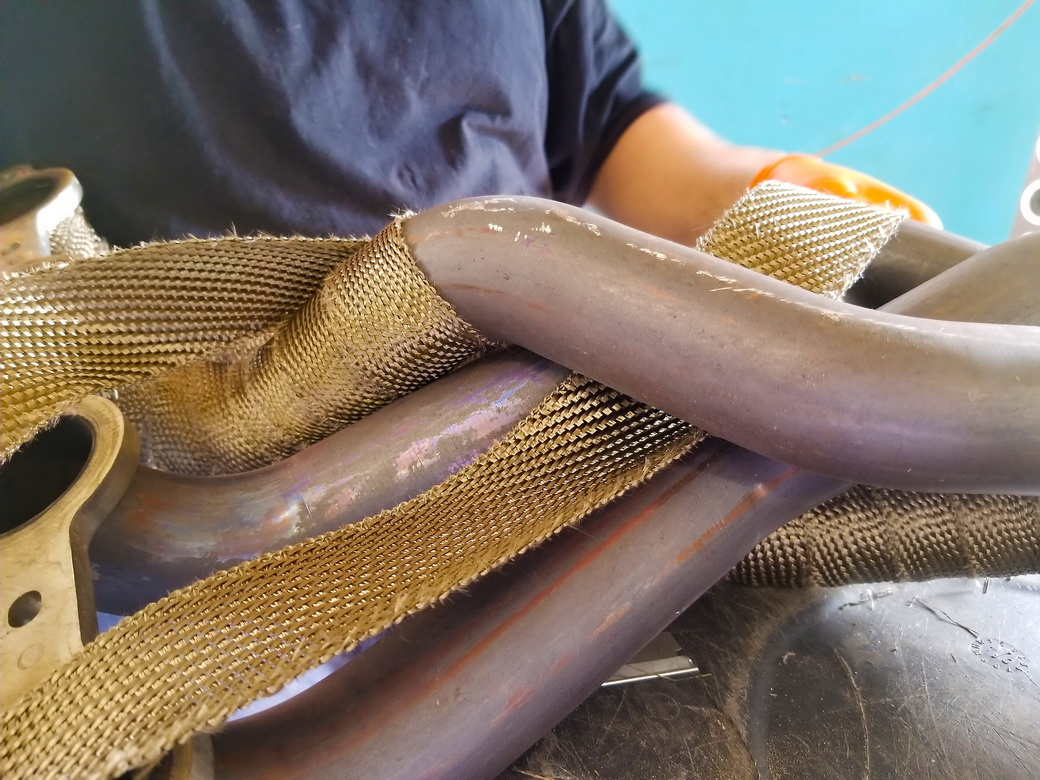Why Lower Intake Air Temperature Is So Important In Today’s Engines
When it comes to a modern engine’s performance, keeping your intake air temperature (IAT) as low as possible is crucial for maximum engine output. This is why Heatshield Products has developed special materials and kits specifically for keeping IATs cooler by insulating the vehicle’s air intake system.
Today’s modern sensors are more sophisticated and sensitive to whatever data they are recording, and a modern fuel-injected powerplant’s intake air temperature sensor is no exception. These sensors can detect temperature changes in tenths of a degree, sending this data back to the vehicle’s ECU, where it’s processed and changes made to the vehicle’s air/fuel mixture and ignition timing to prevent engine knock/detonation from occurring. If the ECU calculates from data that engine ignition timing needs to be reduced by even one degree because of intake air temperature, that can reduce engine output by about 15-20 horsepower.
The Risks of Not Maintaining an Ideal IAT Temperature
If IATs continue to climb, the ECU will further reduce engine timing along with increasing/richening the air/fuel mixture to keep detonation at bay. This leads to further reduced performance and fuel consumption as the mixture is richened with more fuel. If this continues for extended periods, you can end up with fuel-fouled spark plugs, carbon buildup inside the combustion chambers (which increases the risk of detonation), and other long-term performance-reducing issues.
Guarding against this scenario helps to reduce the amount of heat under the underhood along with insulating your air intake system from underhood heat, which helps maintain an ideal IAT temperature. This involves more than just insulating the air filter box but also protecting any tubing/ductwork that’s part of the air intake system, especially in the area where the intake air temperature sensor is mounted.
How to Lower Intake Air Temperature with Heatshield Products
Modern Intake Air Temperature (IAT) sensors are more advanced than their counterparts from 15-25 years ago. They can read the temperature of air flowing through the air intake system more precisely and at a faster rate to send data to the vehicle ECU. This means it is more sensitive to IAT changes and able to send the data to the ECU faster so it can make the necessary tuning adjustments to keep the vehicle running within programmed parameters.

ABOVE: Just because an air intake tube is plastic doesn’t mean it can’t get hot and stay hot. And that heat will be transferred to the air flowing through the tube. As the air going through the tube gets hotter, the IAT sensor detects it, sends that data to the ECU, and the ECU will make tuning changes accordingly to make sure the engine won’t have detonation. Even a one degree reduction in ignition timing will rob an engine of about 15-20 horsepower.

ABOVE:One of the first steps in how to lower intake air temperature is shielding the air intake system from underhood heat. Even aftermarket air intake systems can benefit from this. Our blog used a 2013 Camaro and showed the difference shielding/insulating the air intake makes to keep things cooler.

ABOVE: Shielding the air intake tube itself makes the biggest difference in lowering IATs. Heatshield Products developed its Cold Air Intake Heat Shield CIS Kit to help owners shield their air intake system from underhood heat, from the filter box all the way to the throttle body. You can see the difference it made for a 2017 Ford F-250 in our install and test video.

ABOVE: Another step in lowering IATs is reducing overall underhood heat by insulating the exhaust manifolds or headers. This significantly reduces the amount of heat they radiate into the engine compartment. It also has the added benefit of reducing heat exposure to other underhood components as well. Our blog showed before and after results for this installing LavaTM Exhaust Wrap exhaust wrap on the headers on a 2010 Camaro SS with a modified engine and other horsepower increasing improvements. The more power an engine makes, the more heat it generates.

